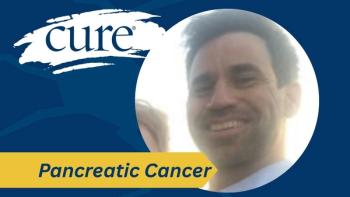
FDA Approves Niktimvo for Chronic GVHD
Niktimvo was approved for adults and children with chronic, pretreated graft-versus-host disease.
The Food and Drug Administration (FDA) approved Niktimvo (axatilimab-csfr) for the treatment of chronic graft-versus-host disease (cGVHD) that has previously been treated with two or more lines of therapy. The approval of the drug is for both adults and children, as long as they weigh 40 kg (88 pounds) or more, according to the agency.
GVHD can occur after an allogeneic stem cell transplant — a process used to treat blood cancers that involves replacing a patient’s cancerous or unhealthy stem cells with healthy stem cells from a donor. According to The Leukemia & Lymphoma Society, it happens when the new, healthy cells (known as the graft) attack the patient’s healthy cells (host cells). cGVHD — which the Leukemia & Lymphoma Society reports affects 40 to 50% of patients who had an allogeneic stem cell transplant — can be long-lasting and typically occurs at least 100 days after the transplant.
The approval of Niktimvo is based on findings from the AGAVE-201 clinical trial that investigated three different doses of Niktimvo in children and adults with recurrent or refractory cGVHD that had been treated with two or more prior therapies.
The main goal of the trial was overall response rate (percentage of patients whose disease responded to the treatment) through day 1 of the seventh cycle of Niktimvo. The ORR was 75% in the 79 patients who had the recommended dose of the drug. The median time to first response was 1.5 months, while the median duration of response (time from first response to death, progression or another therapy) was 1.9 months. Sixty percent of patients who achieved a response did not die or have another systemic therapy within 12 months of their initial response, the FDA reported.
The most common side effects that occurred in 15% or more of patients were: increased levels of certain proteins that can indicate liver damage, infection (pathogen unspecified), decreased phosphate, decreased hemoglobin, viral infection, musculoskeletal pain, increased levels of proteins that can indicate pancreatic damage, fatigue, increased calcium, increased creatine phosphokinase (CPK), increased alkaline phosphatase (ALP), nausea, headache, diarrhea, cough, bacterial infection, fever and difficulty breathing.
For more news on cancer updates, research and education, don’t forget to




